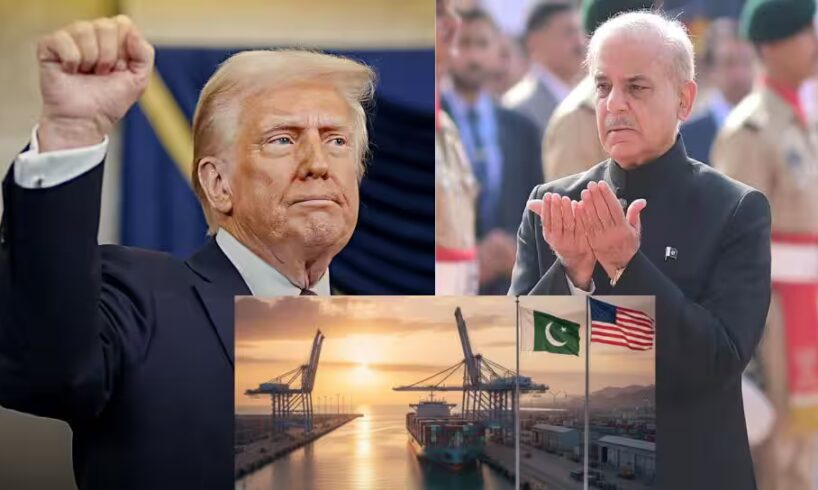
Pakistan’s military leaders are trying out a daring new plan that could change how power works in the Arabian Sea region. Military advisers working with Army Chief General Asim Munir have pitched an idea to American officials: let the United States build and run a port at Pasni, a small fishing town on Pakistan’s coast that sits between two major regional players.
The talks happened before General Munir met with President Donald Trump at the White House last month. But American officials say the proposal hasn’t officially reached the President or his team yet, meaning it’s still just an idea being explored.
The main goal of the Pasni project is about money and trade, not military bases. The plan would turn this quiet seaside town—located about 100 miles from Iran and 70 miles from China’s Gwadar port—into a major shipping hub for Pakistan’s valuable minerals. Pakistan has large amounts of copper and antimony, which are needed to make batteries, fireproof materials, and weapons parts.
Add Zee News as a Preferred Source
The project would cost about $1.2 billion. It includes building a railway line connecting Pasni to mining areas deep inside Pakistan, including the Reko Diq mine run by Canadian company Barrick Gold. The money would come from both Pakistan’s government and American development funds.
Pakistan seems to be playing both sides smartly. The proposal lets Pakistan keep its friendship with China while also bringing in American investment and support. If this happens, it would create an unusual situation: American and Chinese operations running side by side, less than 100 kilometers apart on Pakistan’s coast. Pakistan is positioning Pasni as a way to balance out China’s growing presence through Gwadar, which China runs as part of its Belt and Road program.
Importantly, the plan clearly states there would be no American military bases, addressing worries about Pakistan giving up control of its territory.
What This Means for India
For India, this news adds new complications to an already tricky situation. Pasni sits very close to India’s own port project—Chabahar port in Iran—creating a three-way competition along the Arabian Sea coast. India uses Chabahar as its gateway to Afghanistan and Central Asia, having invested $250 million and signed a 10-year deal with Iran to run the port earlier this year.
But there’s a problem. The United States recently ended sanctions relief for Iran on September 29, which could hurt India’s $120 million investment in Chabahar port. It’s an ironic twist: just as the US makes things harder for India’s port in Iran, Pakistan is offering America a similar port nearby.
A US presence at Pasni could help and hurt India at the same time. On the positive side, American involvement might limit China’s naval growth in waters that are crucial for India’s western coastline. But on the negative side, it makes Pakistan more valuable to Washington, which could make India’s relationship with the United States more complicated.
The Arabian Sea is quickly becoming a crowded place where American, Chinese, Indian, and Pakistani interests all clash. For India’s navy, this means rethinking how it watches, patrols, and maintains influence along the country’s western coast. Even without a military base, having US shipping infrastructure in Pakistan could change how quickly countries can respond during regional tensions.
In the end, Pakistan’s Pasni proposal shows that Islamabad understands something important: South Asian politics today is shaped by the rivalry between the United States and China. Whether this plan actually happens is still unclear, but it clearly shows Pakistan’s strategy—trying to use the competition between superpowers to gain economic benefits and stay relevant on the world stage, positioning itself as a key player rather than just a battlefield for others.
ALSO READ: Indian Dental Student Shot Dead In US: Killed By ‘Black People’, Says Mother





